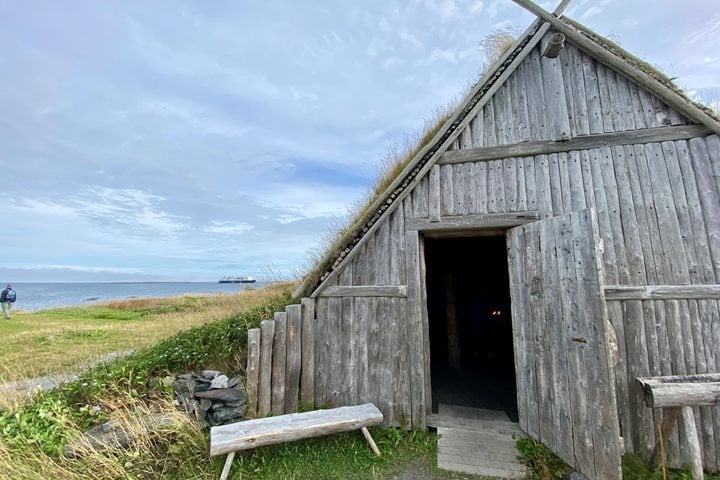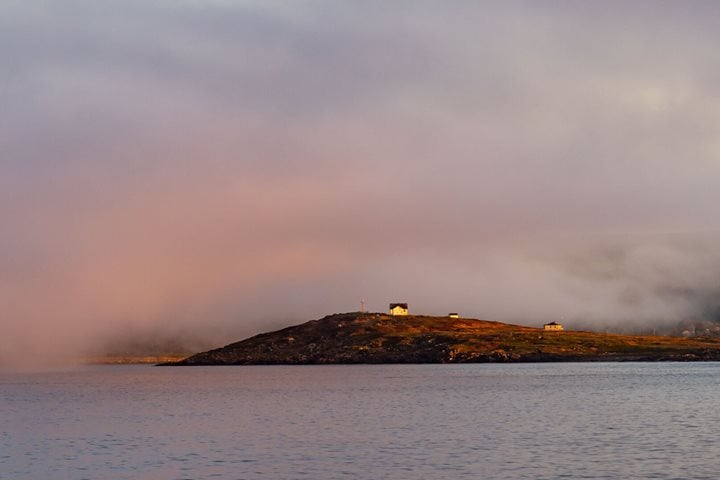We had a great start to our voyage today in St. Pierre, a small community which, along with Miquelon, constitute the last vestiges of French colonial ambition in North America. With a population of just over 5,000, it is a small and tight-knit community that generously welcomed our visit. French is the language spoken but, due to its proximity to Canada, many people also speak English. From the 15th century onwards the islands have been known by Europeans who came seeking fish or furs, and they would have been familiar landmarks to sailors from Spain, Portugal, France, and England. They, like so many islands in Atlantic Canada, were to become political footballs throughout the 17th and 18th centuries as European wars were fought and won, treaties drawn up and signed, and the islands changed hands. When Napoleon Bonaparte was finally defeated St. Pierre was confirmed as a Collectivite Territoriale under the French flag.
Those of us who went over to small off-shore island of Île aux Marins (just 1700 x 700m) saw the wooden houses that are testament to the vanished community that once thrived here making their living (inevitably) from fishing. These houses are now the summer homes of the people of St. Pierre, but the little museum shows artifacts from the small island’s heyday in the late 19th century when there was once a store, a school, a tavern, and many other features that make up a living community.
Others took the opportunity explore the main island of St. Pierre by bus, driving out to a rocky headland from where whales are often sighted, and stopping at a viewpoint to look out over the watery landscape before returning to the town centre, past the small airport and La Poste, the very French-style post office that issues St Pierre’s very own stamps. The town itself is a tightly packed cluster of gaily-painted wooden houses, arranged on a grid pattern of streets that were laid out in the 19th century when it was agreed that St. Pierre would remain permanently a little part of France. Its history is told in the excellent L’Arche Musee et Archives while the island’s role during the prohibition years is covered in another small museum in the town centre. The Cathedral of St. Pierre is still the centre of this largely Roman-Catholic community and in its current form dates from 1907, its wooden predecessors having burned down many times.
The hiking group must have had good (if misty) views of the town as they climbed the boulder-strewn hill behind where the ship had moored. The heather was in bloom, the wild rose petals blown by the wind, and a few blue berries were still to be found amongst the low-growing shrubs and plants. And the purple heather serves as a timely reminder that our next stop is Nova Scotia.







